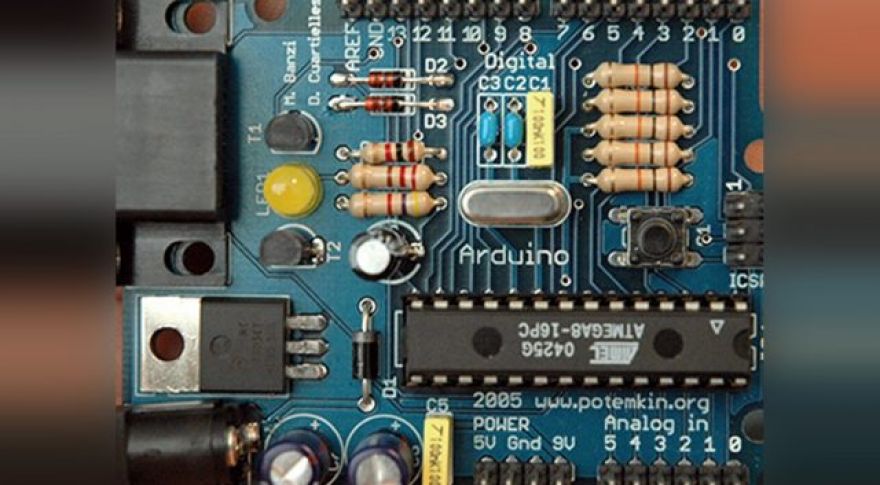
Want to try making something cool with Arduino? Right now, StackSocial is selling an Arduino Uno, an introductory online course, and eight different e-books all bundled together for just $75. • (List price: $473.92) Most importantly, you’ll get the ARDX Arduino starter kit. It features an Arduino Uno, thirteen circuits with breadboard layouts, and plenty of diagrams to facilitate your new hobby. To learn more about the basics, take the included course “Arduino Step by Step 2017” by Peter Dalmaris. If you’re brand new to making custom electronics, it’s worth taking the time to learn the basics here.
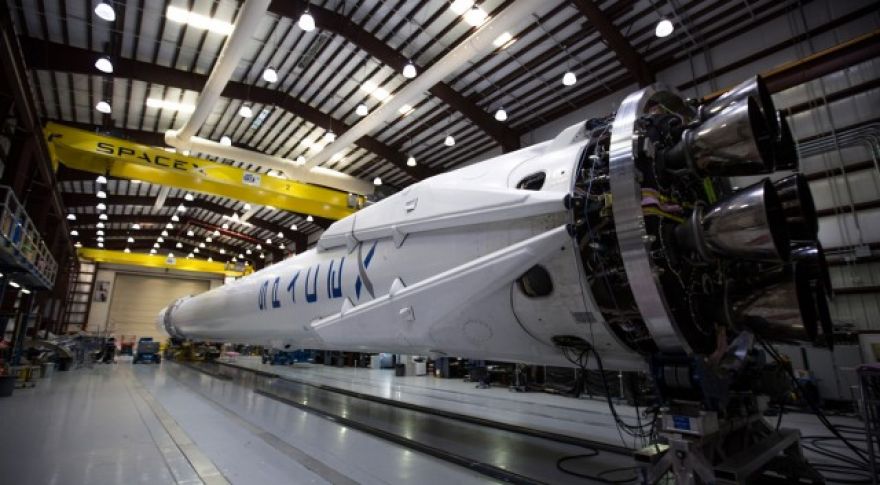
SpaceX is no stranger to delays. The private space firm headed by Elon Musk has pushed back is launch schedule several times in the last few years after rockets have been lost. Now, the Government Accountability Office (GAO) says there may be an issue with the Falcon 9 rocket that delays the expected launch of the first manned mission in 2018. The (just a preliminary release for now) cites issues with the turboblades used in Falcon 9 rockets. These are the components that move fuel from the tanks to engines. The blades apparently have a tendency to develop cracks, which could cause catastrophic failure if they develop or worsen during a launch.
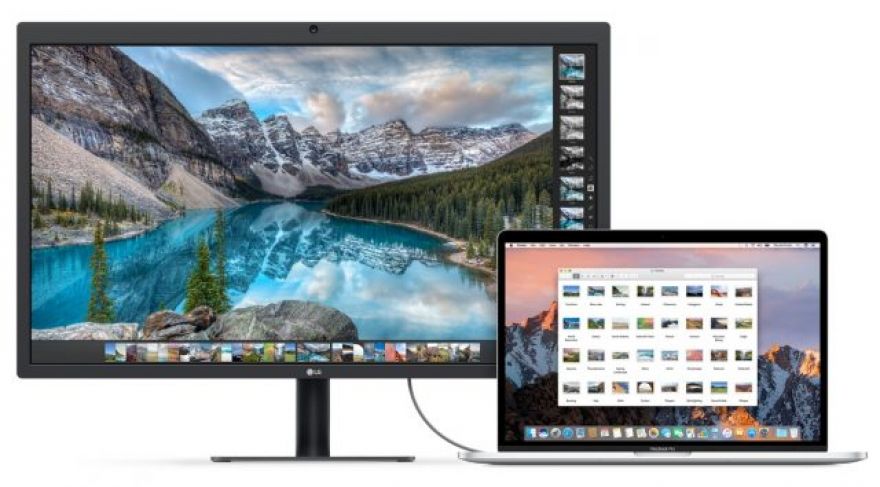
Earlier this week, on the LG 5K UltraFine monitor’s problems with content when a router was placed near the display. LG has confirmed the issue and recommends that users who have their displays too close to routers move either the display or the router to create more space between the two products. If the router is too close to the monitor, the display will blank, flicker, or fail to display at all. In some cases, this has even crashed MacBook Pros attached to the display. The company confirmed that it would add additional shielding to future displays, preventing the problem from occurring in the future, reports .
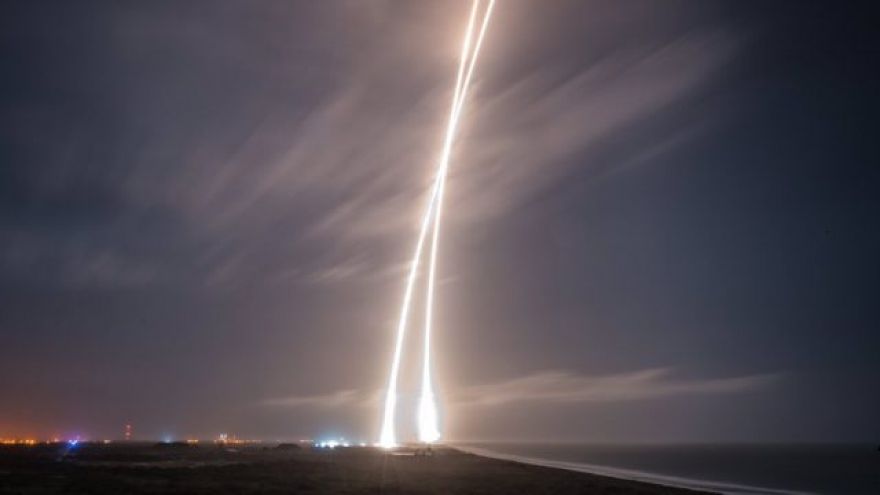
Boeing is headed for the wild blue yonder — with an emphasis on blue. Just this week Boeing a new line of sleek spacesuits made to go with its Starliner spacecraft, designed to take astronauts to the ISS. They’re a good deal less rigid than NASA’s current spacesuit in some key places, and they’ve got a shiny new helmet with a wide angle of view for peripheral vision. Also, they’re touchscreen-friendly, because everybody who’s anybody tweets from space. The new suits will be for takeoff, ascent, and re-entry, and they’re in Boeing’s signature shade of blue. Boeing and SpaceX both show up in a forthcoming report from the US Government Accountability Office, but the report .

Earlier this week, Tepco, the Japanese company in charge of cleanup operations at Fukushima Daiichi, seemed to be on the verge of announcing rare good news. Specifically, the company had found some of the fuel debris associated with the failure of Reactor #2 at the bottom of the reactor’s containment vessel. Locating the damaged reactor’s fuel (or what’s left of it) is critical to the clean-up effort. What the company ultimately discovered, however, is that the amount of radiation pouring off the damaged reactor below the reactor pressure vessel is 530 sieverts per hour, vastly higher than had previously been communicated.

Graphene was discovered in 2004, and right away its remarkable mechanical and electrical properties made it a hot topic of research. Graphene could be used for super-efficient batteries, solar panels, and much more. But after 13 years, we still don’t have any of that. The problem is that is incredibly difficult to make, but researchers at Kansas State University (KSU) might have stumbled upon a solution. Like all the best science, it involves explosions. This explosive method for producing graphene was not originally intended to do any such thing. The KSU team was working on creating carbon soot aerosol gels with combustion.
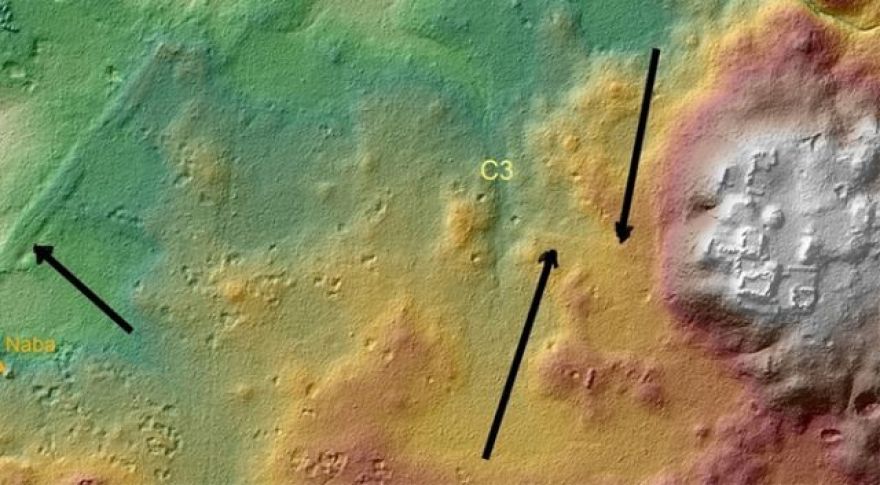
Even after thousands of years exploring Earth, we’re still uncovering new things like an ancient “superhighway” in the Guatemalan rain forest. Hidden beneath a thick layer of vegetation, the network of roads stretches over 150 miles and was most likely built by the Mayan empire some 2,000 years ago. The newly mapped roads are connected to the ruins of El Mirador (sometimes called the Kan Kingdom) in northern Guatemala. believe El Mirador was founded around the 6th century BCE, and was at its most powerful around the early first century CE. At that time, it had a population of as many as a quarter of a million, a quarter the size of Rome itself at the time.
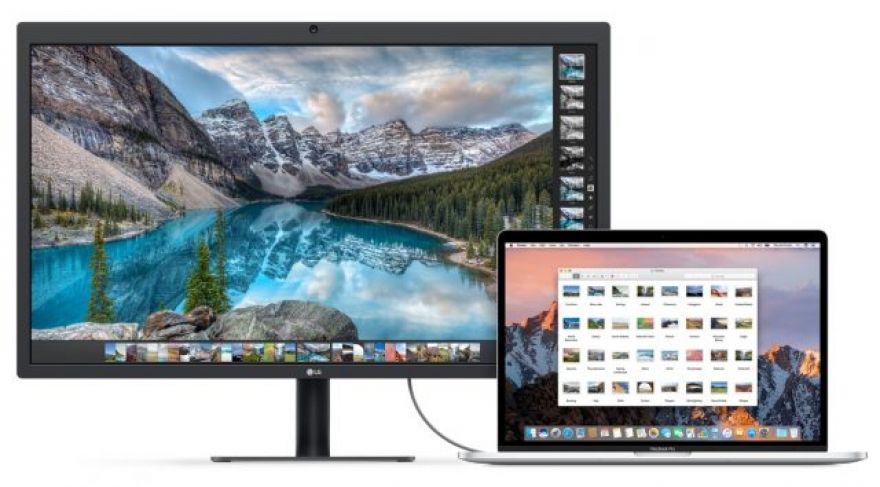
Last year, when Apple canceled its own , it offered LG’s UltraFine 5K as a successor. The UltraFine 5K appears to be a fine monitor, as far as it goes, but it suffers from one critical problem — it dies if you put it near a router. The LG UltraFine 5K is the closest thing to a true Thunderbolt-equipped replacement for the old Apple panel, even though it lacks some of the flexibility of that older panel, to 9to5 Mac. Put it within two meters (6.6 feet) of a router, however, and it starts going haywire. The closer the panel is to the router, the worse the problem gets.

While you were sleeping last night, an passed close to Earth—very close. The object is known only as 2017 BH30, and it passed within 40,563 miles of the planet. That’s closer than the orbit of the moon, which is 238,000 miles away. The troubling part here is that astronomers didn’t detect 2017 BH30 until just hours before its closest approach. Luckily, it wasn’t large enough to pose a serious risk. Scientists estimate that 2017 BH30 is around 19-23 feet (6 or 7 meters) in diameter. That’s certainly , but it could still pack a punch if it entered the atmosphere.









